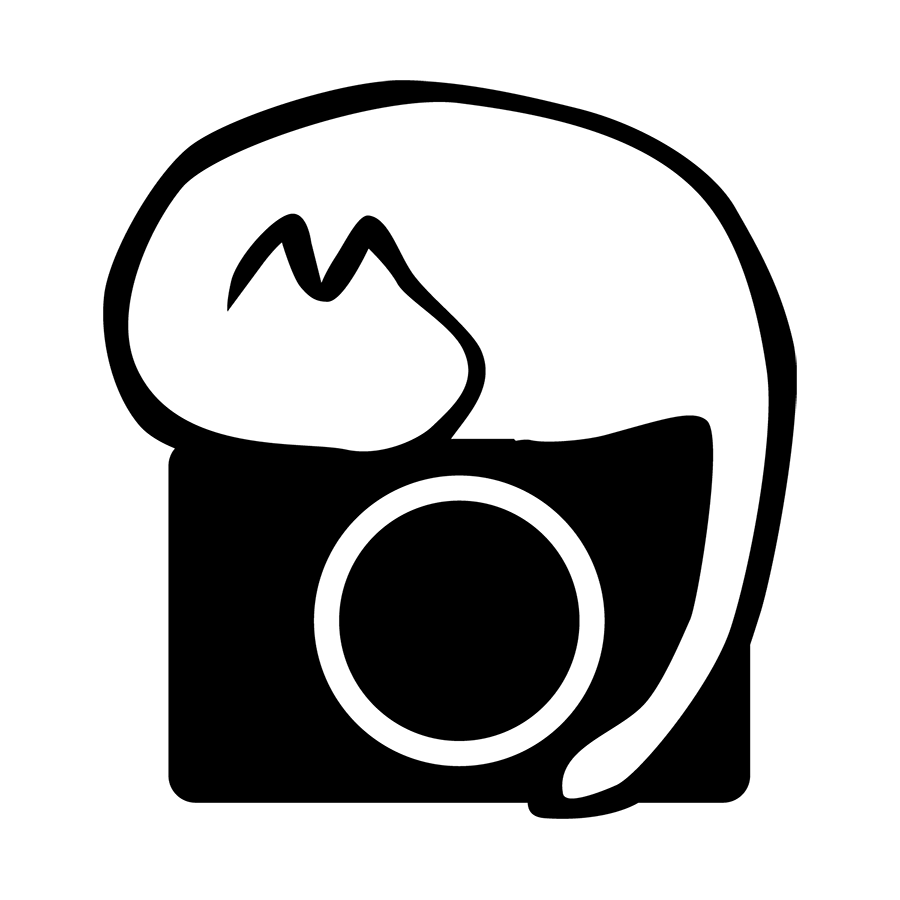Nikon NIKKOR Z 50mm f/1.8 S
Purchased: Aug 2020
Status: In Active Use
Entry Date: 25/3/2024 (Summary in retrospect)
This is the first Z-mount lens that I own, and I had only purchased it after owning a Z6 for nearly a year, as I was pretty much exclusively using the AF-S 105/1.4 on it via the FTZ adapter.
While I used to prefer the 35mm focal length in the past, I guess over time my tastes changed and I started favoring longer focal length primes, and thus I got this lens to replace my Sigma 35mm f/1.4 Art, and also to act as a complementary focal length to the AF-S 105/1.4.
Having used the older AF 50/1.8D and AF 50/1.4D on DSLRs, this lens definitely felt more substantial when I held it for the first time, though it does balance very well on the Z6-style bodies, and also handles very well on the larger Z8 (which I had gotten several years after) too. The body of the lens feels well-made too, with a large metal focusing ring (which can be programmed in camera to do certain functions) and weather sealing throughout the lens (at least as per Nikon’s official release notes).
One particular point I found fascinating was that the front element was concaved - until now most of the lenses that I have owned or used usually have a convex front element, so this was something new to me. Looking at the lens diagram of this lens, it is quite obvious that it is a deviation from the F-mount 50mm lenses, with a much more sophisticated optical diagram armed with many elements to clean up optical aberrations and enhance image quality.
And true to that note, its performance is, simply put, mind-blowing - images are crisp and sharp even wide open at f/1.8, and stopping down a bit does increase its acuity, but more often than not I do not find sharpness lacking wide open and only stop down when extra depth-of-field is needed. I find myself agreeing to what many other reviewers of this lens have said - this is indeed one of the sharpest lenses out there, resolving fine details really well and maintaining excellent contrast throughout.
In terms of bokeh performance, it being a 50mm lens does lack the compression effects of longer telephoto focal lengths, but it renders out-of-focus areas pleasantly without much nervousness in its bokeh, something the older AF-D lenses on the DSLR did struggle with.
It has a minimum focus distance of 40cm, at which a maximum magnification ratio of 0.15x is achieved, and is quite typical for non-macro 50mm lenses. However its sharpness holds up really well at such close distances, and I guess any form of spherical aberrations that usually deteriorate sharpness and contrast at MFD is being taken care of properly by the complex optical formula.
The coatings used in the lens also deal with flare well, and LoCA (fringing) are non-existent even in high contrast areas. This is indeed something that I was truly astonished by - even the F-mount lenses that I loved using (like the 105/1.4E) did have very slight signs of LoCA in very high contrast areas. I could see how the new mount allowed the optical engineers to design better optical systems, and definitely had high hopes for subsequent Z lenses.
Autofocus was quick and reliable (on the Z6 that I first used with), and the lens does not hunt much unless in a very poorly lit situation. With the Z8 it is even more impressive, locking on and tracking subjects without any hesitation.
I mentioned earlier in this write-up that this is a substantial lens as compared to the older F-mount 50mm’s - no it is not enormous or unwieldy like the 58mm f/0.95 Noct or the Sigma 50mm f/1.4 Art, but it is certainly not a compact lens especially when fitted with the lens hood. This is a small price to pay for its excellent optical performance in my opinion, and I think this is the only downside to this lens.
As of writing, I had actually purchased the Z 40mm f/2 as a compact alternative to this lens, so on occasions whereby I just need a quick grab-and-go kit I’d just grab the Z6+40mm and put it in a simple camera pouch. So if the physical size of the 50mm f/1.8S is a factor, I think the 40mm f/2 does a pretty excellent job as an alternative compact package.
